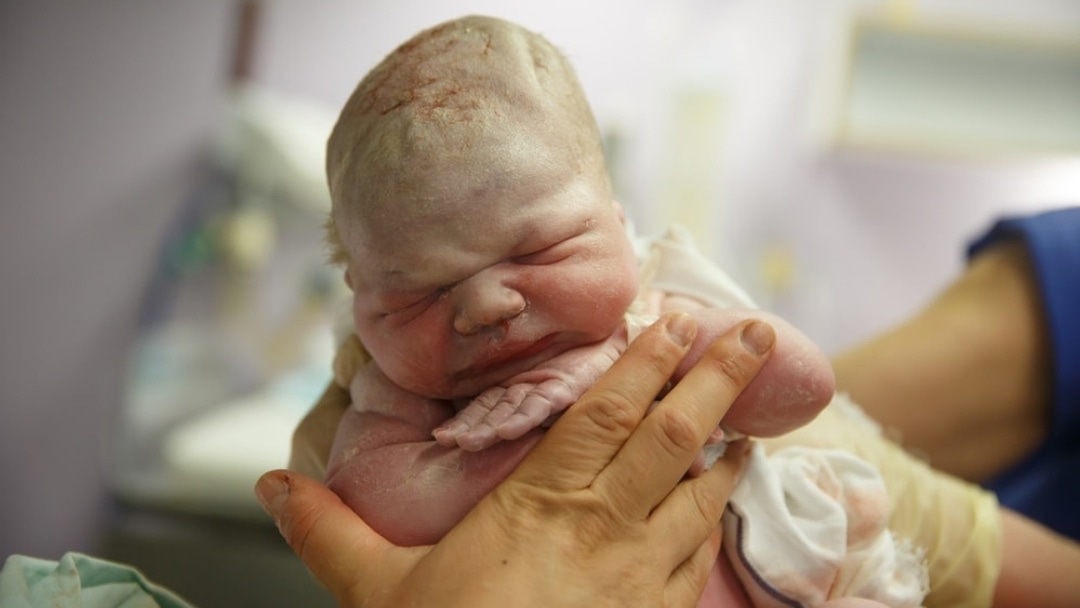In this blog post, Patricia S. Lemer describes what a nonverbal learning disability is and what to do about it.
What Is a Nonverbal Learning Disability?
First appearing in the literature in the late sixties, when I was finishing graduate school, Nonverbal Learning Disabilities (NLD or NVLD) are now diagnosed frequently. A Nonverbal Learning Disability describes a cluster of deficits in motor, visual-spatial, social and sensory arenas combined with strengths in vocabulary, rote memory, and attention to detail. This syndrome causes sensory overload and profound difficulty with cognition, academics, and relationships.
Nonverbal Learning Disability is easily confused with Asperger syndrome and sometimes used synonymously with the dual diagnosis of gifted/learning disabled, in what’s known as being twice exceptional. While most psychologists agree on the etiology and treatment of language-based learning disability (LD), vision-based LD or NLD is poorly understood.
Compensate or Remediate?
Traditional approaches to NLD focus on diagnosis and compensatory techniques, without addressing the motor, sensory and visual deficits. While teaching strategies can be beneficial, ameliorating deficits makes more sense.
In How to Develop Your Child’s Intelligence, Getman proposes a developmental relationship between the motor and visual systems that offers a structure for remediation in the context of development. At first the motor system dominates, then the motor and visual systems work together. Finally, vision dominates.
Motor First
Children diagnosed with Nonverbal Learning Disability probably had motor and sensory deficits in the first year of life. Any skipped step in motor development is a red flag to me. Those with NLD may have never crawled, walked early or late, or adopted idiosyncratic movement patterns. They could also overly favor one hand or lack a dominant side. Individualized sensory-motor activities can bring their motor systems up to age level.
The Motor-Visual Team
Binocular vision and depth perception emerge when the body begins to move through space. In the motor-visual stage, movement is primary. Then, as children learn to reach with the eye and the hand at the same time, movement allies with vision. If the two eyes do not work together, the body may show bilateral integration problems.
Deficits at this stage often cause motor clumsiness, lack of interest in motor activities, or extreme shyness due to spatial insecurity. A developmental optometric evaluation and intervention are imperative now, to avoid later visual-spatial and social problems.
Vision Directs Motor
Typically, vision takes precedence over movement sometime before kindergarten. This transition from motor-visual to visual-motor is a huge jump. How many times have pre-school teachers watched a child begin to draw a dog and end up with something else? That child’s hand simply could not produce what the mind told it to.
Many older children with a nonverbal learning disability are still not using their vision purposefully to direct their movements. To draw a dog, a child’s eyes must direct the motor act, as he visualizes the animal in his mind’s eye. The emergence of vision as the dominant sense depends upon a reliable store of touch, movement and muscle “memories” acquired during early development.
Children with Nonverbal Learning Disability have early histories of tactile defensiveness, vestibular disturbance and low tone, which preclude having well-integrated touch and movement experiences. To cope, they rely more heavily on what they hear than on what they sense, do or see.
Audition and language skills predominate over vision and the more primitive senses early on. As language becomes ever more proficient, the NLD child becomes less able to use vision to focus on and give meaning to what he sees. Avoidance and fear perpetuate the problems.
What Can We Do?
A Nonverbal Learning Disability is REALLY a visual processing disorder that starts early in life with developmental motor, sensory and visual delays. Fortunately, it’s rarely too late to remediate. We are committed to assisting those with NLD in finding skilled therapists to help close the gaps in their development.
The first priority should be a developmental vision exam. Most people with a nonverbal learning disability have problems with eye teaming, focusing, tracking and perception. Physical and occupational therapists, Brain Gym consultants, psychologists and developmental optometrists can all be part of the team working on sensory, motor, visual-spatial and social skills.
I look forward to the time when books and conferences on Nonverbal Learning Disability include experts from the above disciplines. Individuals with NLD deserve more than palliative intervention. They CAN learn how to use their bodies and minds together. As Carla Hannaford aptly states in the subtitle of Smart Moves: “Learning is not all in your head!”
About Patricia S. Lemer LPC MEd
Patricia S. Lemer is a licensed professional counselor, holding a Masters of Education in counseling and learning disabilities from Boston College and a Masters in Business from Johns Hopkins University. She practiced as an educational diagnostician for over 40 years.
She was a co-founder and served as Executive Director of the international non-profit organization Developmental Delay Resources (DDR). After DDR merged with Epidemic Answers, she became Chairman of the Board. When she retired from the board, she became an emeritus board member.

She is the author of three books, the most recent of which is Outsmarting Autism, Updated and Expanded: Build Healthy Foundations for Communication, Socialization, and Behavior at All Ages (North Atlantic Books, 2019).
Lemer wrote over 50 editorials for "New Developments," the quarterly newsletter of Developmental Delay Resources (DDR), from 1995 - 2009. When DDR wound down, she wrote an online blog, "After the Diagnosis, Then What?" from 2009-2017. Her articles and blogs have been updated and archived on the Epidemic Answers website.
Since 2019, Patricia Lemer has recorded a bimonthly podcast, "The Autism Detective." In these hour-long shows, she interviews parents and professionals about their experiences in maximizing the potential of individuals on the autism spectrum. Over 100 episodes are available on Spotify and other online platforms. To learn more, go to PatriciaLemer.com and OutsmartingAutism.com
Still Looking for Answers?
Visit the Epidemic Answers Practitioner Directory to find a practitioner near you.
Join us inside our online membership community for parents, Healing Together, where you’ll find even more healing resources, expert guidance, and a community to support you every step of your child’s healing journey.
Resources
Books
Getman, G.N. How to Develop Your Childs Intelligence. Optometric Extension Program, 1993.
Hannaford, Carla. Smart Moves: Why Learning Is Not All in Your Head. Great River Books, 2007.




